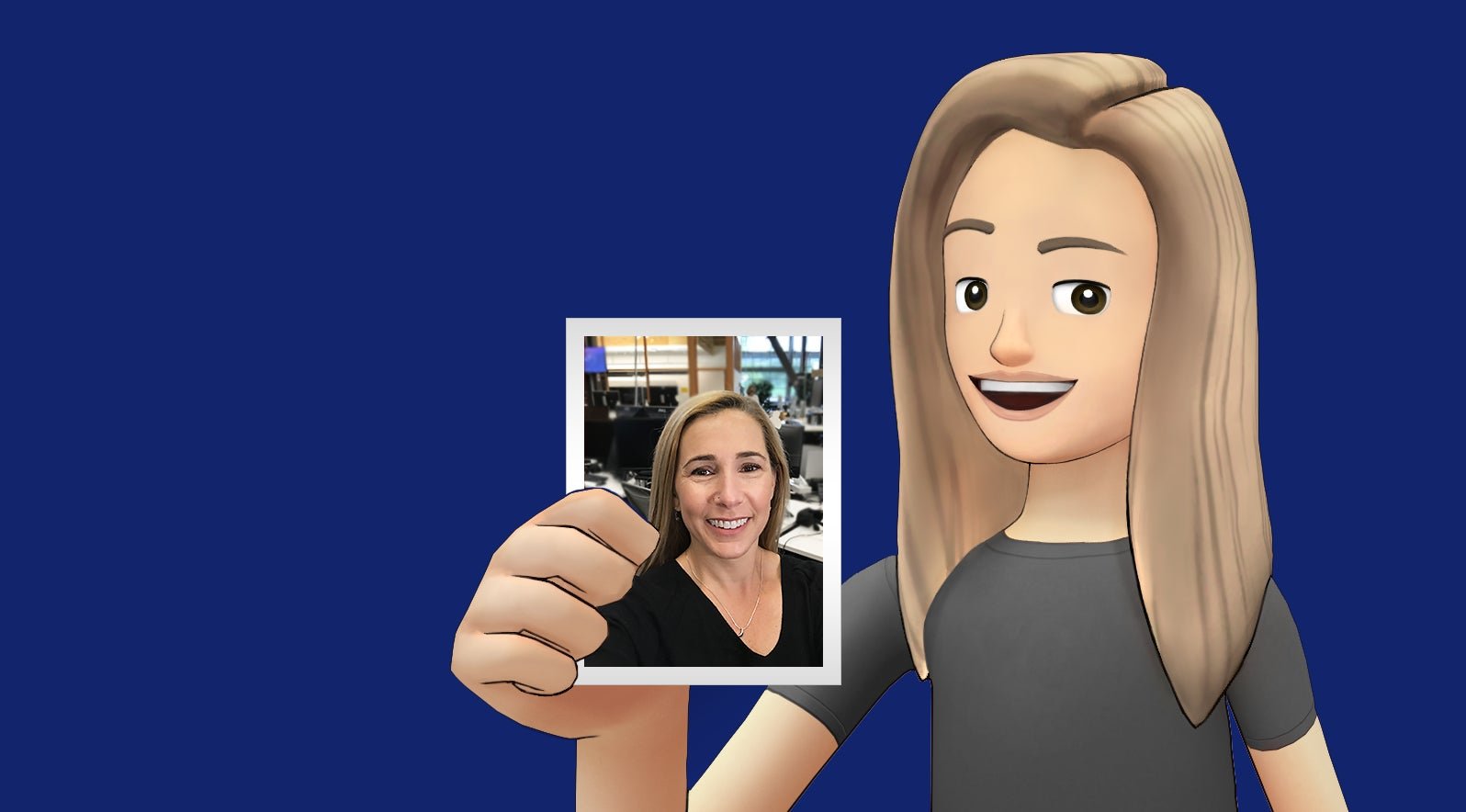Facebook’s vision for the future of hanging out in VR is very sad and lonely
You’re sitting in your aging, prewar apartment. The floors are creaking, the lights are off and the heating is turned down to save electricity. Most of your furniture was sold over the last year to pay your electric bill and to buy a new computer to run the Oculus Rift 3. You haven’t been outside since January, and you can’t remember the last time you showered, but no one has seen you in weeks, unless you count the operator at the end of that delivery drone that flies up to your window three times a day. Your eyes are bloodshot, your hair is patchy, and your skin is paler than it’s ever been. But none of your friends or coworkers see that. They see you, fresh-faced, clean-shaven, with a massive smile on your face as you log into Facebook Spaces and Facebook Spaces For Work every day. You speak up in meetings, making good points and impressing your boss. You post screenshots of your virtual dance parties you host online with your friends’ avatars to your Facebook wall. Your WhatsApp stories are full of 360-degree videos of vacations you didn’t have to leave your room to take. You have thousands of followers on Instagram and often hang out online with fans. The faucet is dripping somewhere in the background. You turn up Spotify at your virtual hangout. A fuse blows on your fridge, which you haven’t opened in weeks. You don’t notice.


You’re sitting in your aging, prewar apartment. The floors are creaking, the lights are off and the heating is turned down to save electricity. Most of your furniture was sold over the last year to pay your electric bill and to buy a new computer to run the Oculus Rift 3. You haven’t been outside since January, and you can’t remember the last time you showered, but no one has seen you in weeks, unless you count the operator at the end of that delivery drone that flies up to your window three times a day. Your eyes are bloodshot, your hair is patchy, and your skin is paler than it’s ever been. But none of your friends or coworkers see that. They see you, fresh-faced, clean-shaven, with a massive smile on your face as you log into Facebook Spaces and Facebook Spaces For Work every day. You speak up in meetings, making good points and impressing your boss. You post screenshots of your virtual dance parties you host online with your friends’ avatars to your Facebook wall. Your WhatsApp stories are full of 360-degree videos of vacations you didn’t have to leave your room to take. You have thousands of followers on Instagram and often hang out online with fans. The faucet is dripping somewhere in the background. You turn up Spotify at your virtual hangout. A fuse blows on your fridge, which you haven’t opened in weeks. You don’t notice.
This is the worst-case scenario for what interacting on Facebook will be like in the not-too-distant future, extrapolating from scenarios laid out by CEO Mark Zuckerberg and other Facebook execs at this year’s F8 developer conference. Zuckerberg unveiled Facebook Spaces, a new experience for Facebook users and their friends who have spent upwards of $1,000 on a Facebook-created Oculus Rift virtual-reality headset and a computer to run it on.

Right now, it’s essentially a way for four Facebook users to hang out together in a virtual space. After creating an avatar of themselves (that Facebook automatically bases off your profile picture, unless you decide to change it), users can share pictures and 360-degree videos with their small group of friends, and draw silly objects in 3D that they can pass to their friends. They can also take virtual selfies to share on their Facebook walls. Here’s how Facebook sees that playing out:
What’s so depressing is that the deep interaction Facebook wants its users to have requires strapping on a large virtual-reality helmet and sitting somewhere quietly at the same time your friends do the same thing. If you really wanted to interact with your friends, why not just do a Google Hangout or a Skype call? Both of those platforms allow users to chat with more than four people at once, and you can see your friends’ or coworkers’ actual faces to boot. That’s assuming you couldn’t just go meet your friends for a drink or something far more analogue, of course.
But that’s not what Facebook wants: It wants users strapped into its Facebook VR machine, accessing Facebook properties, presumably so they can be shown ads. It seems telling that one of the people in Facebook’s promotional video was excited about the fact that they were about to be living on their own, and that every real human in the video was alone—no people to distract them from VR with actual, physical human contact. Facebook wants us locked into its virtual world as much as we can. Right now, the average person spends nearly an hour a day on Facebook properties—how much more time will they spend when the content is that much more immersive?